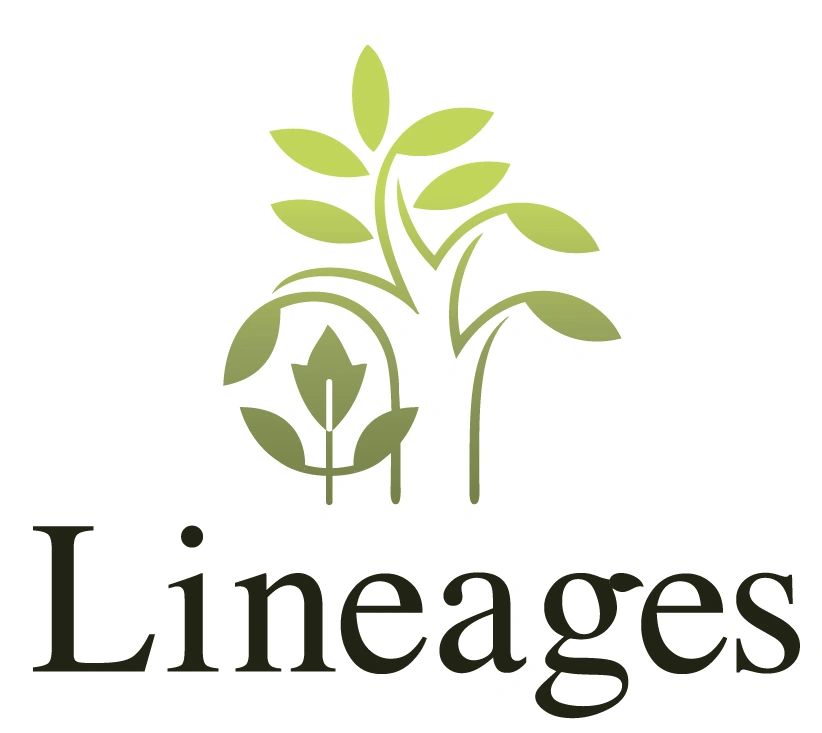The Quirky Genealogist: Raise your hand if you have ever done this!
I had the opportunity to attend Roots Tech 2025, and it was a great experience! Professional researchers, genealogy enthusiasts, and curious all came together for three days of a concentrated dose of learning and interaction. As I was thinking back over my experience during those three days, I had to smile about some of the interactions I had with excited participants, and I came to the realization that we genealogists are a quirky bunch! How quirky are we? Oh! Let me count the ways. And raise your hand and laugh if you are guilty.
Visiting cemeteries for fun
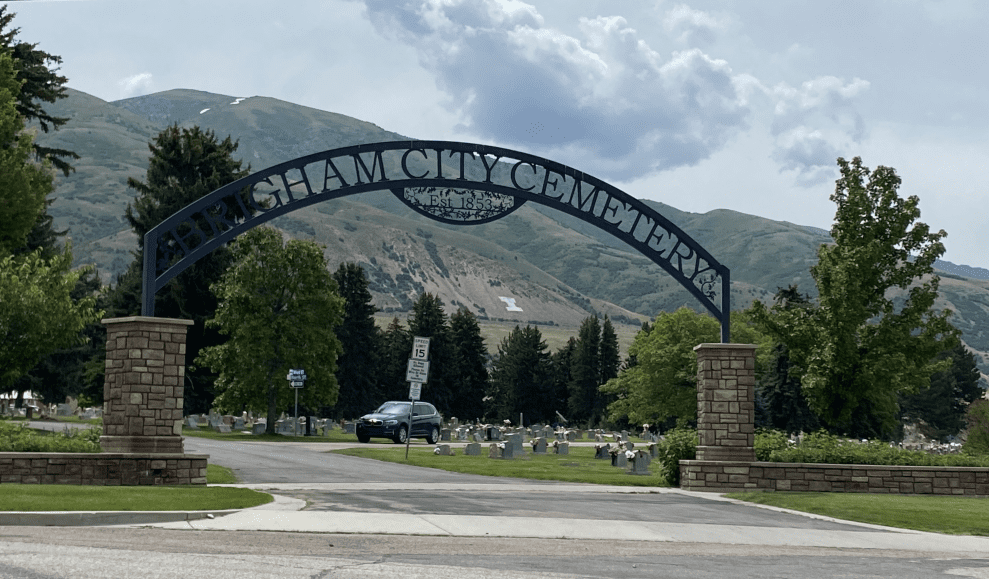
Most people go to cemeteries for graveside funeral services. The words fun and cemeteries used in the same sentence would raise eyebrows. Unless, of course, the person talking is a genealogist. Not only do we visit cemeteries, we document the visit, transcribe the tombstones, and compile them into reference lists for others. Proof that we are really a friendly bunch.
FamilySearch has many of these homegrown records and they can be very valuable in genealogical research. The easiest way to find them is to either use the record type ‘gravestone transcription records’ as a record type in the advanced image search or use the keywords ‘gravestone transcription’ in the catalog search. Here is a quick visual for the record type search in images. You start in ‘SEARCH’ and the steps have been highlighted.
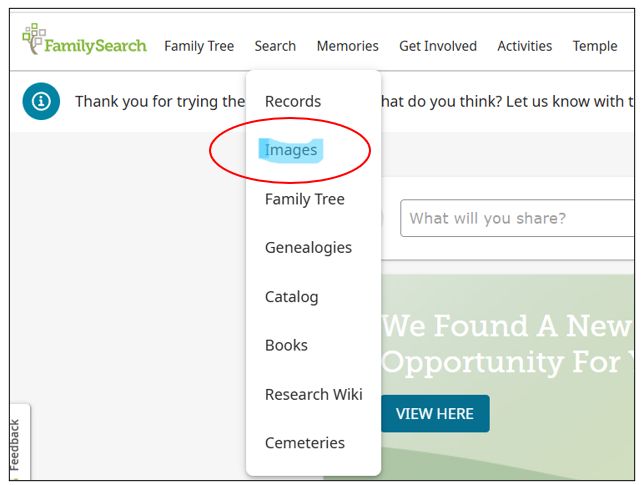

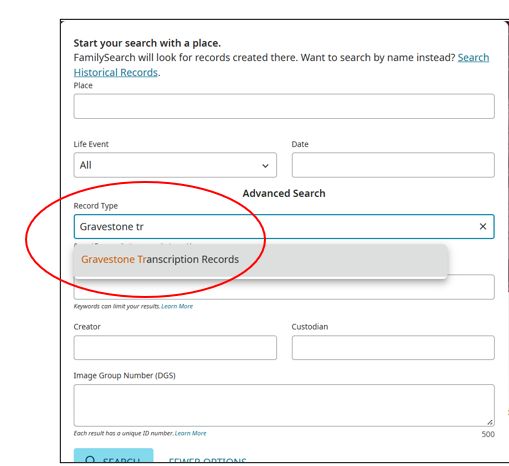
Talking to strangers about their ancestry
This habit is probably a bit more common than most people think. Usually, if strangers realize that they have some sort of shared attachment to a place, they will both start peppering each other with the names of living people to see if they know the same people. Genealogists, however, can and will take it to another level. We jump right to the meat of the discussion with questions like ‘who was your paternal grandfather?’ or ‘what was your maternal great-grandmother’s maiden name?’ Questions like those can leave the other person puzzled. We genealogists can usually answer them. Unfortunately, nobody ever asks us those kinds of questions. So, we just volunteer the answers before the questions are even asked, Jeopardy style, and wait to see who sticks around for further discussion.
Saving documents that nobody else wants
‘Don’t throw that out!’ because ‘you never know!’ Because you don’t know, and you shouldn’t throw it out! In genealogical research you have direct and indirect evidence for your research question. Direct evidence answers the question you are asking directly. For example, if my question is ‘who are the parents of Wiley D. Cunningham, husband of Sarah Jane Smith, born about 1823 in Lincoln County, Tennessee?” then his birth record or his marriage record if it named his parents would be direct evidence needed to answer my research question. But often indirect evidence is what is used to build proofs, and this can involve pulling in all sorts of documents with seemingly unrelated details that are in fact pieces needed to answer the research question. So why did a genealogist save the receipt for the gas bill their great uncle paid for his younger brother? Because it had both of their names on the bill and might come in handy one day as indirect evidence for a genealogical proof. [And if you happen to have the documents that answer who are the parents of Wiley D. Cunningham, please let me know!]
Displaying family heirlooms throughout the house

Home décor for most involves photographs of immediate family members, memorabilia from past vacations, products they love, and plants. I grew up with faded photographs of ancestors arranged by generations hanging on the walls and a ‘book of remembrance’ as a coffee table book. I think I finally gave up trying to answer the questions my friends asked about the photographs when they came over; or maybe they stopped asking because my mom gave too many answers… (see the above ‘talking to strangers about their ancestry’). I have also seen displayed in other enthusiasts’ homes framed journals of deceased ancestors, and family bibles.
If your decorating style is ‘family history/ancestors’ be aware that light and heat can damage photographs. And hanging books vertically on walls, even when framed, can also damage them. Depending on the heirloom, there might be a repository that would be interested in putting it into their special collections where it would be stored to archival standards, making it available to present and future generations.
One way to preserve the information of genealogical value in a family bible is to transcribe it and add it as a memory to your family tree. This also puts the information online for other researchers to consult. FamilySearch has in its holdings transcriptions of family bibles. To find these transcriptions, search ‘images’ as described above using the record type ‘Family Bible Extracts’ or do a keyword search in the catalog using the same search terms.
Learning to read old documents in a language you cannot speak
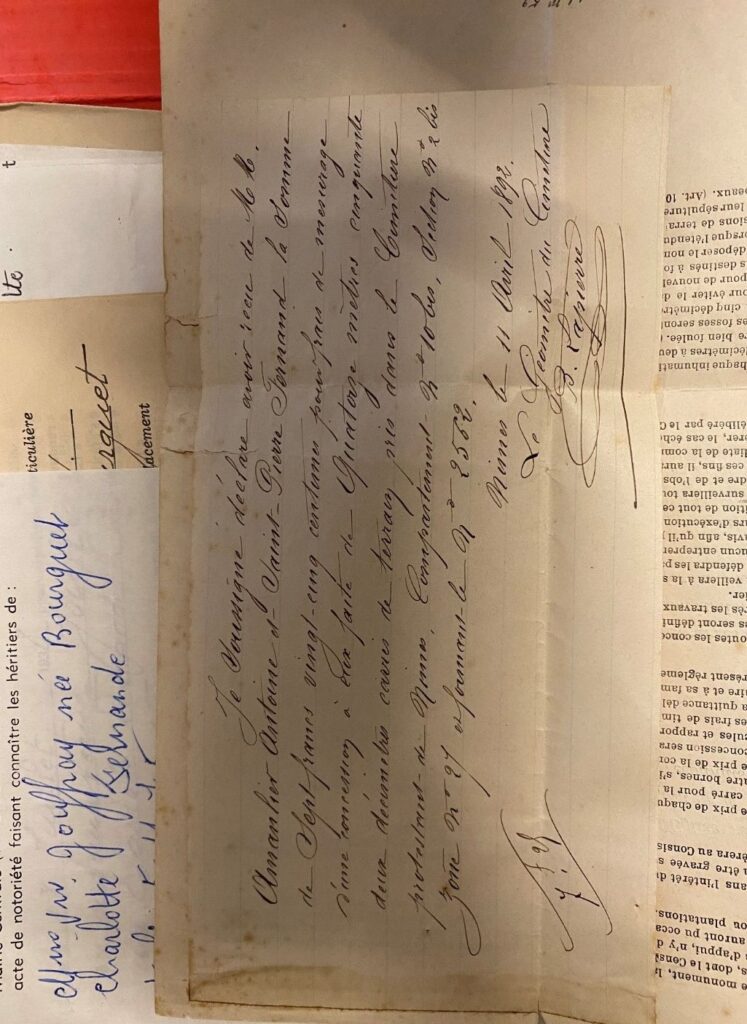
The study of handwriting is called paleography, and genealogists are paleographists. Not being able to read an old record can stop a genealogist in their research. Nothing is more frustrating than having the document needed to answer your research question and not being able to read it. So, raise your hand if you have taught yourself to read a baptism record from 1652 written in old German script but could not understand, ask, or answer a simple question in German. Raise both hands if you can do this in several languages.
A good place to learn paleography skills is the Brigham Young University online resource scipt.byu.edu at the following link here. Right click to open the hyperlink. This is a landing page for links to language-specific resources that can help you reach your goal of reading old records, if you are not there already.
The genealogist’s ‘can do’ attitude applies to more than just languages. I know a researcher who did not like to drive in her own country but when presented with the opportunity of a lifetime to visit family sites in Wales, spent a month driving thousands of miles on the ‘wrong side’ of the road.
Talking in generations
You’ve heard of ‘baby-talk,’ or ‘speaking in tongues,’ but have you heard of ‘genealogy talk?’ This involves talking in generations, such as ‘you are just like your second great-grandmother! She had blues eyes and loved to sew too!’ Or ‘your third great-grandfather drove his horse and buggy into the pond one dark night. It must run in the family.’ Only a genealogist would start a sentence evoking someone from the lofty heights of their family tree.
Summary
So if you are guilty of spending afternoons in the sun transcribing the names and dates of unknown people from gravestones; striking up conversations with strangers because you overheard them talking to someone else and they have the same last name as someone in your family tree; intercepting and storing seemingly worthless documents that others do not want; and displaying faded 100 year old photographs throughout your house, you are showing signs of being a quirky genealogist. The icing on this quirky genealogist cake though is being able to read old script in foreign languages and talking in generations. If these things sound familiar, welcome to the club of quirky genealogists.
If these things do not even sound remotely familiar, please remember that genealogists tend to flock together, and a very good place to find a skilled, tenacious, and professional genealogist is Price Genealogy. We love helping people discover their ancestors and would love to help you!
Christine
All the images are the property of the author with the exception of the AI generated image of the portrait wall.
